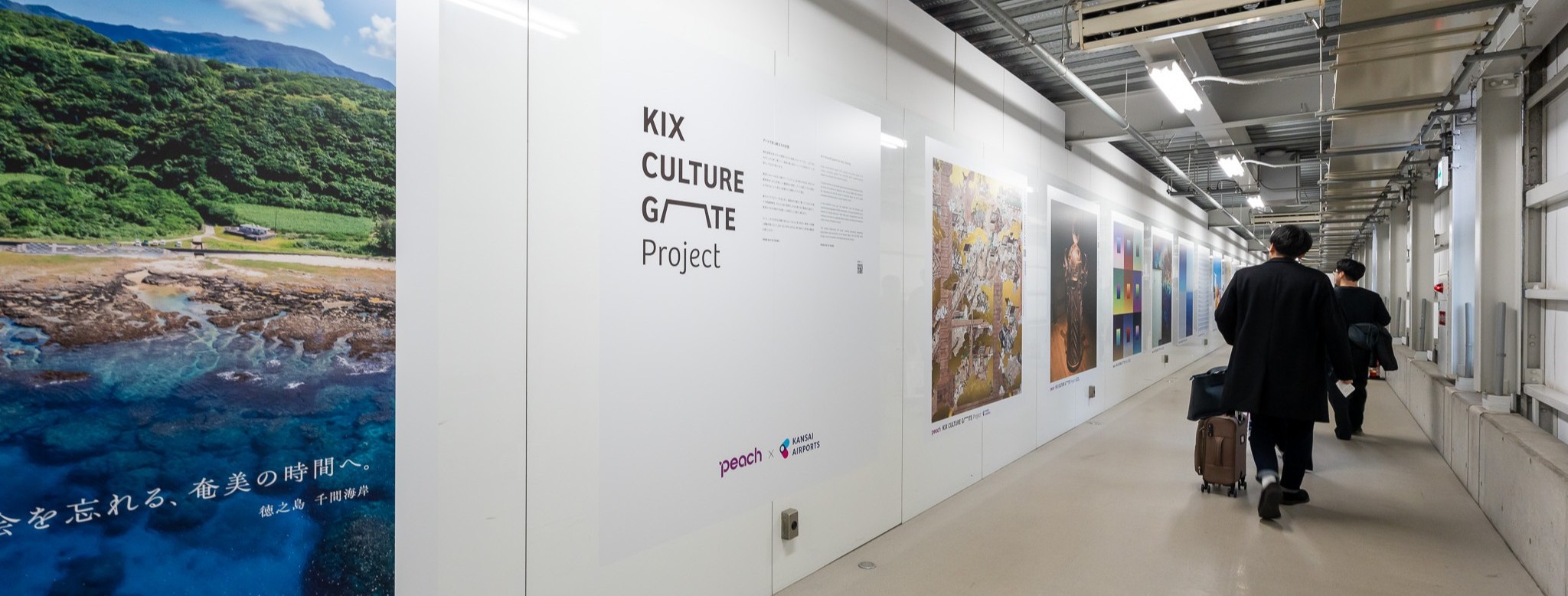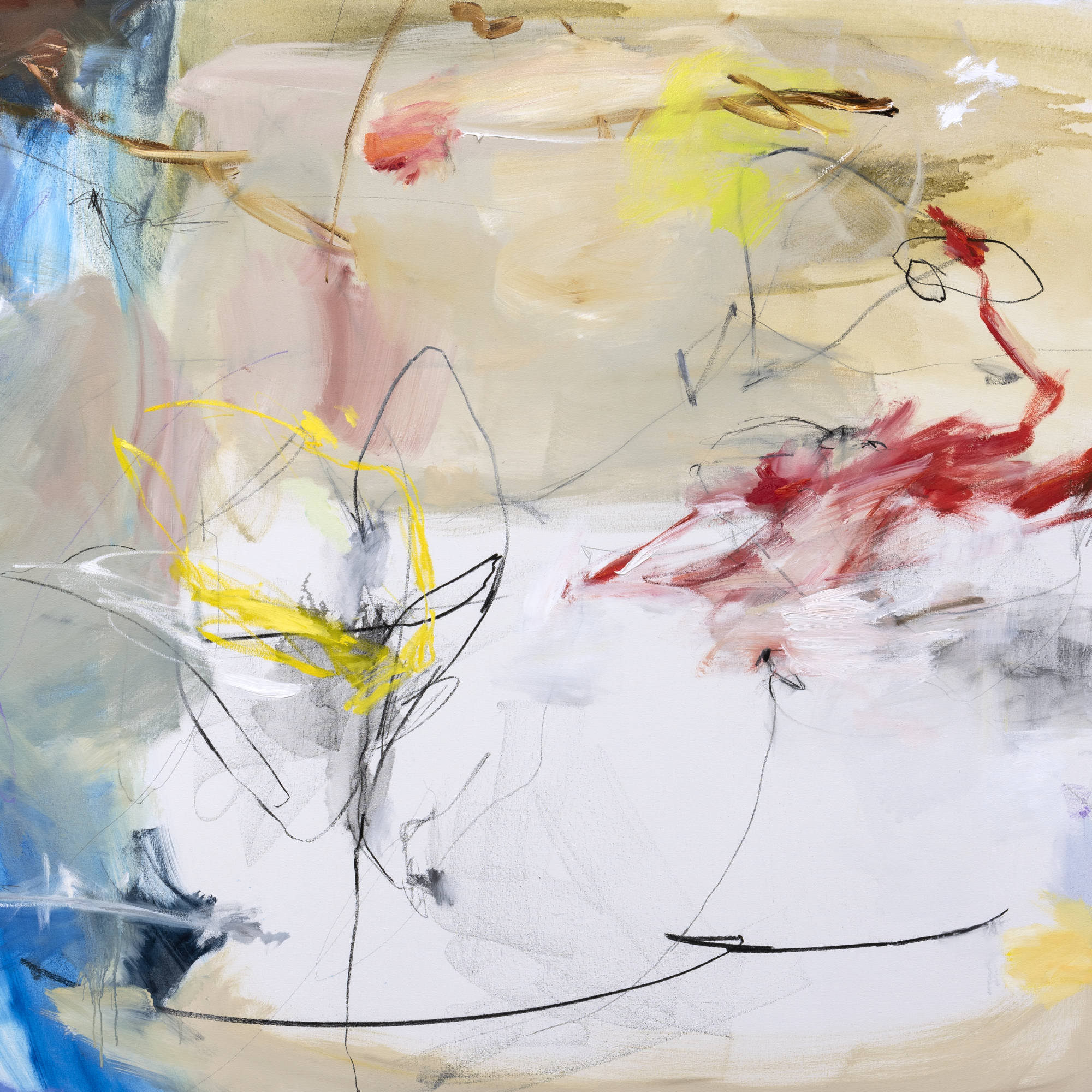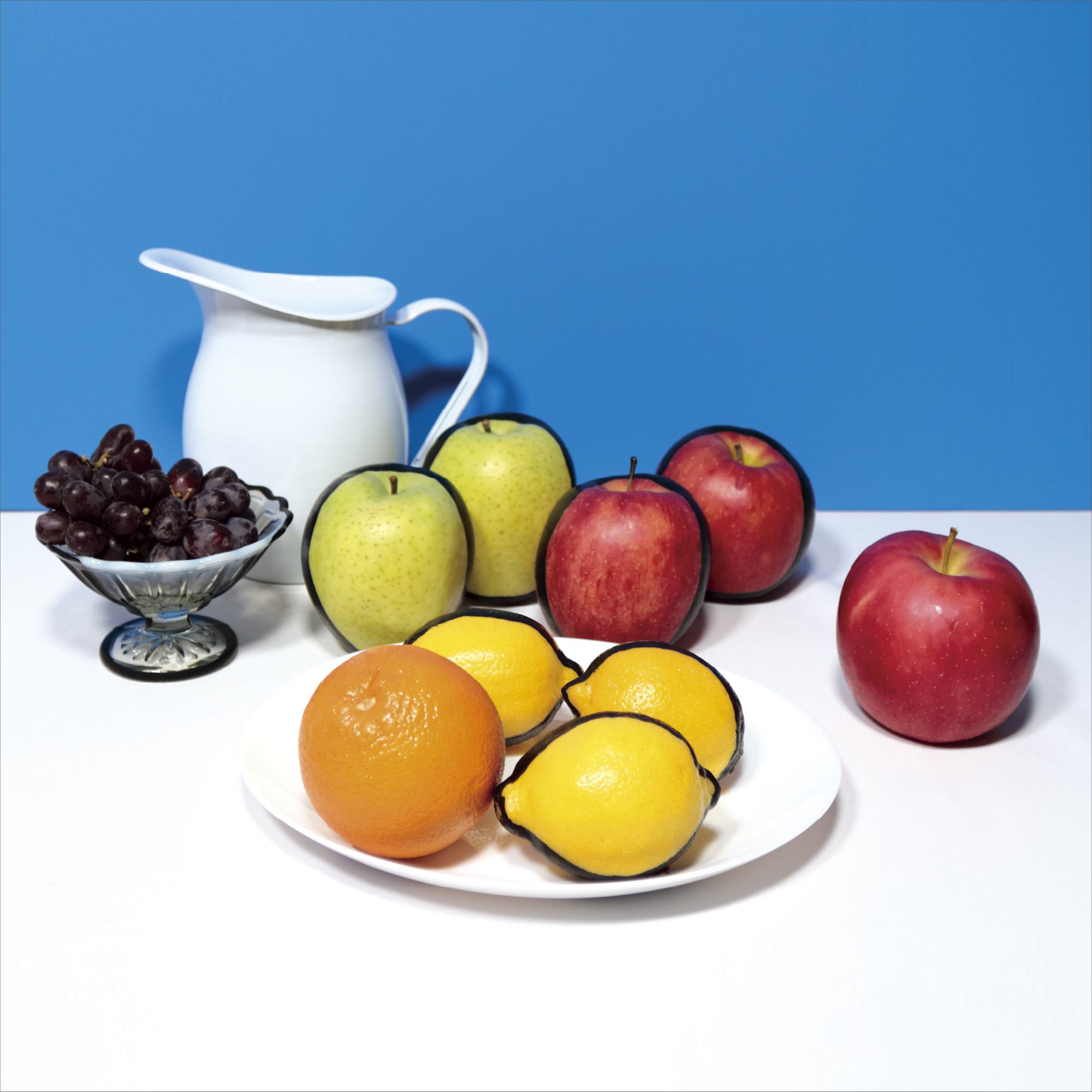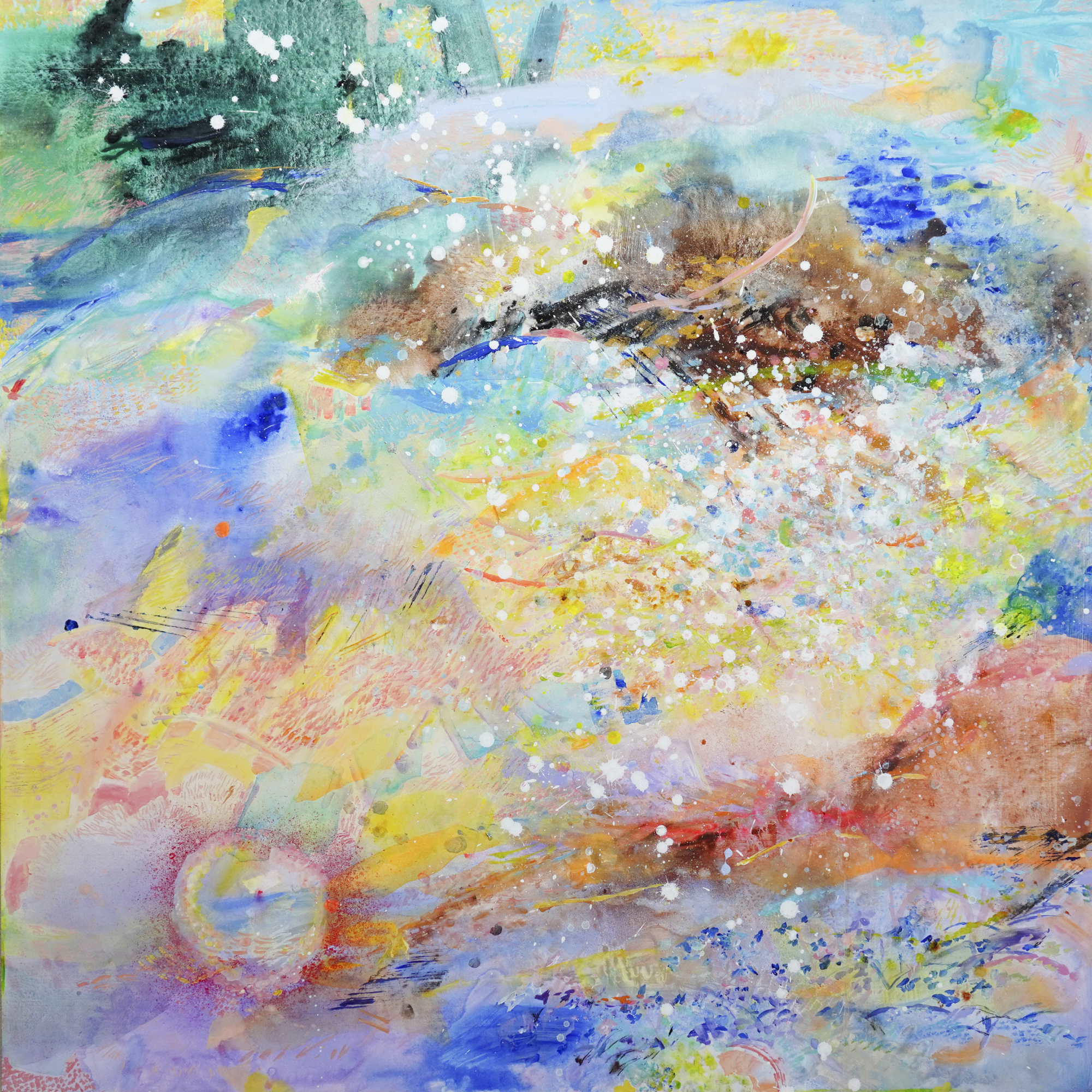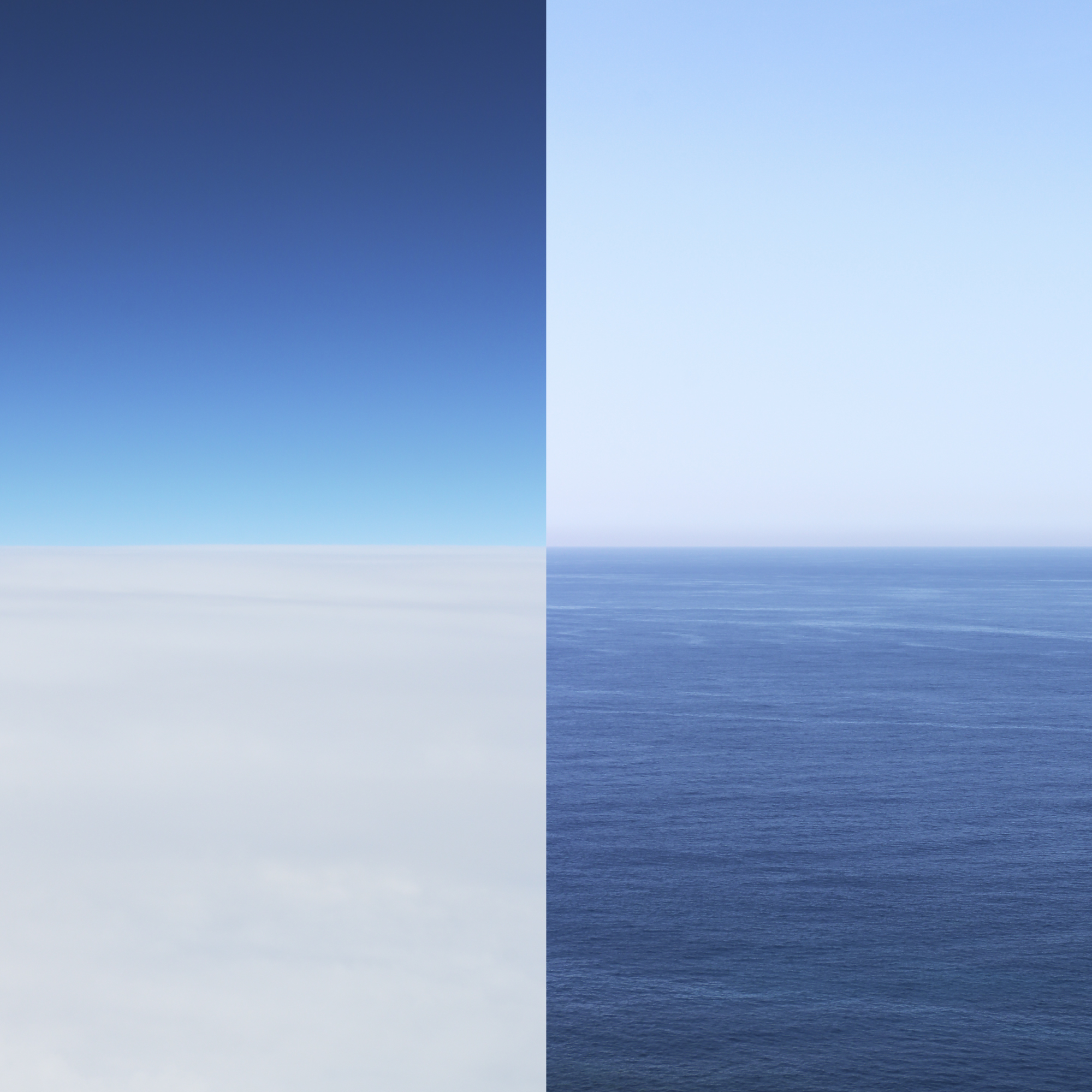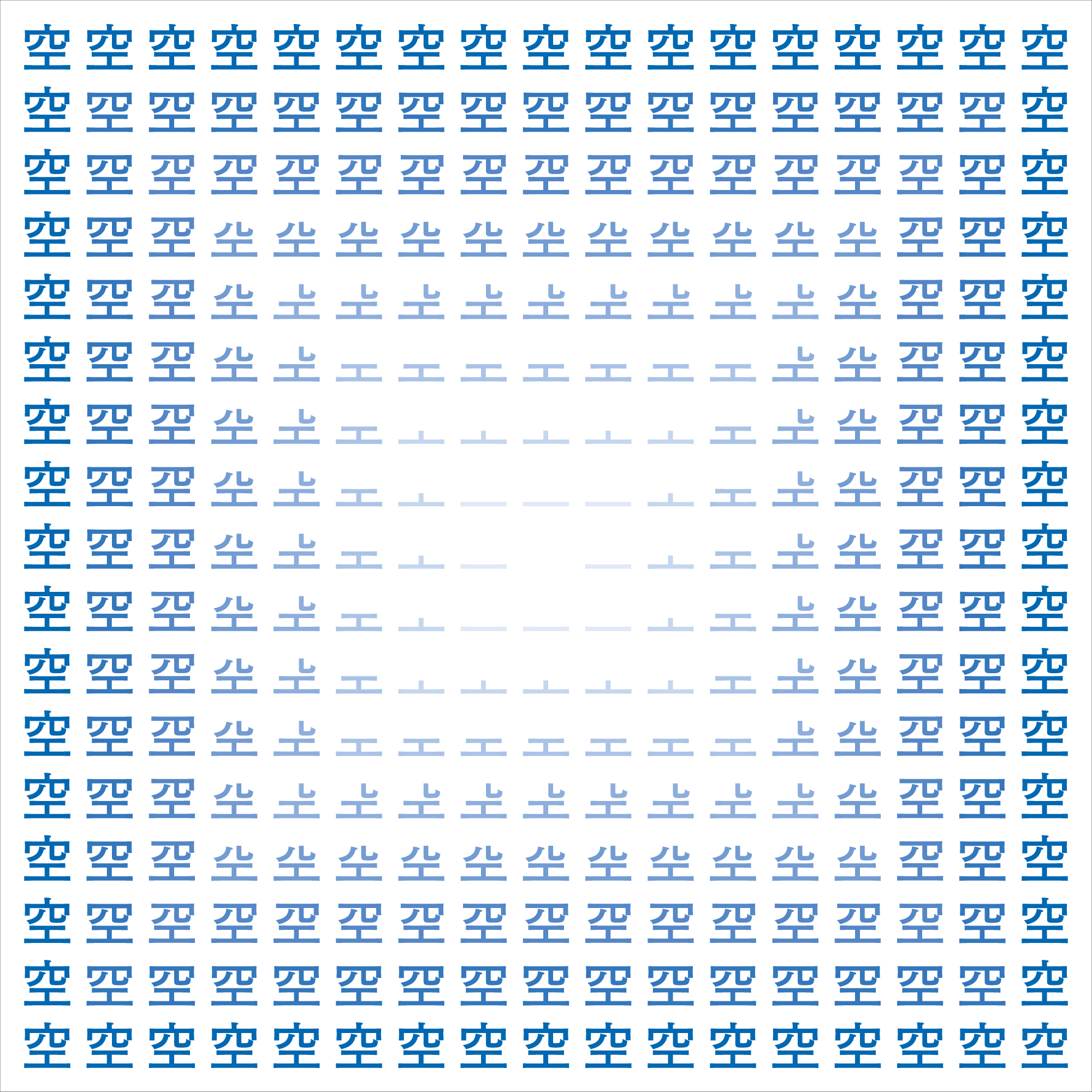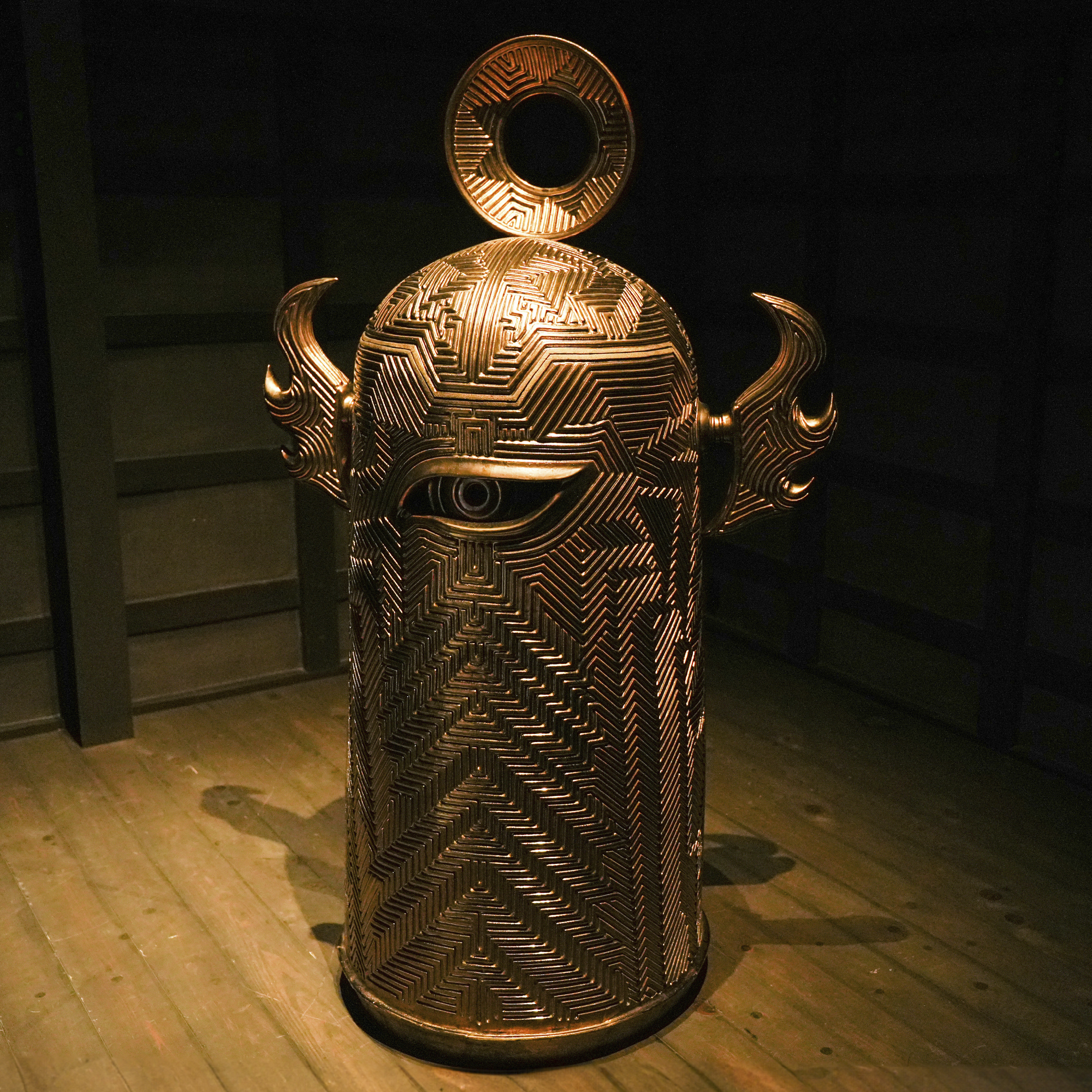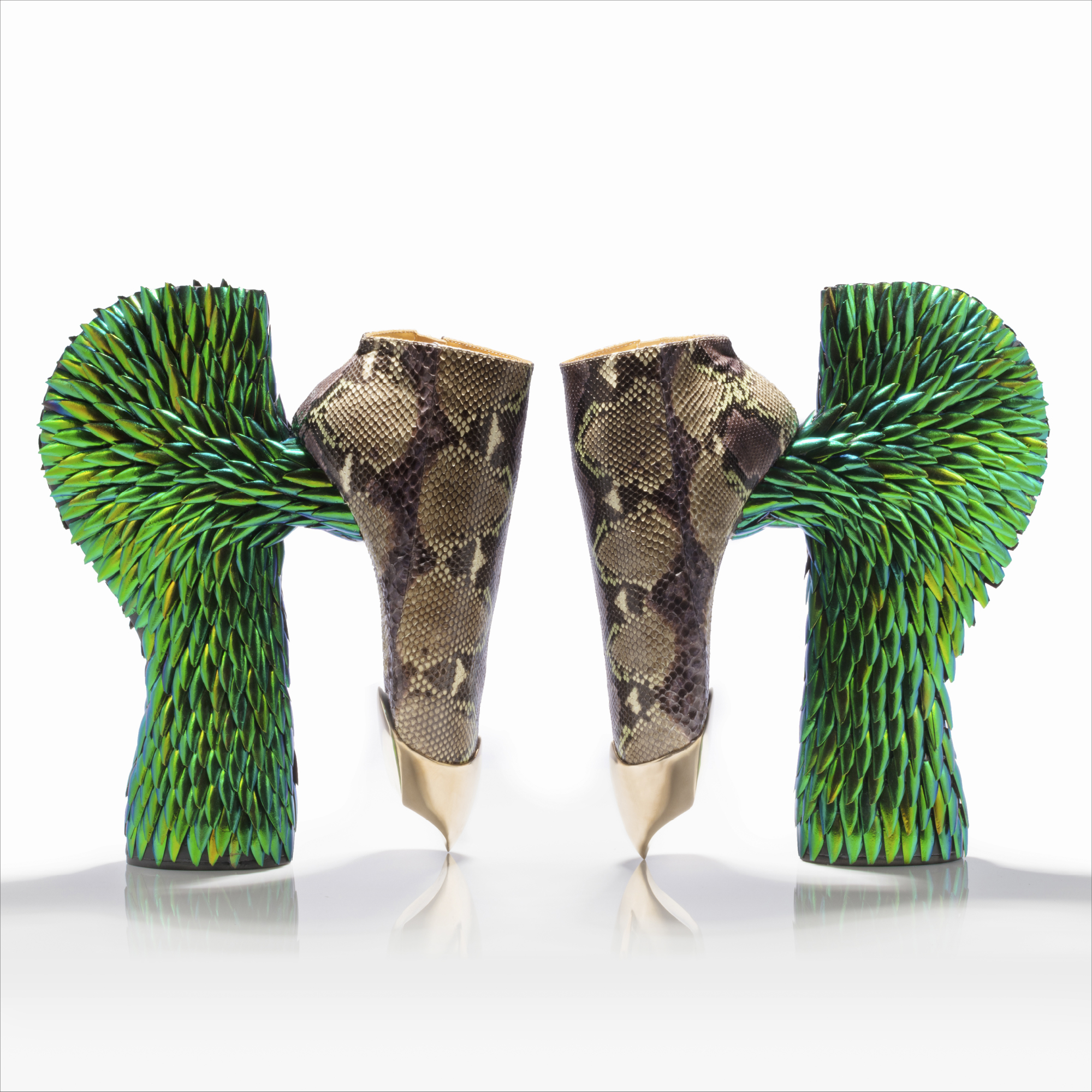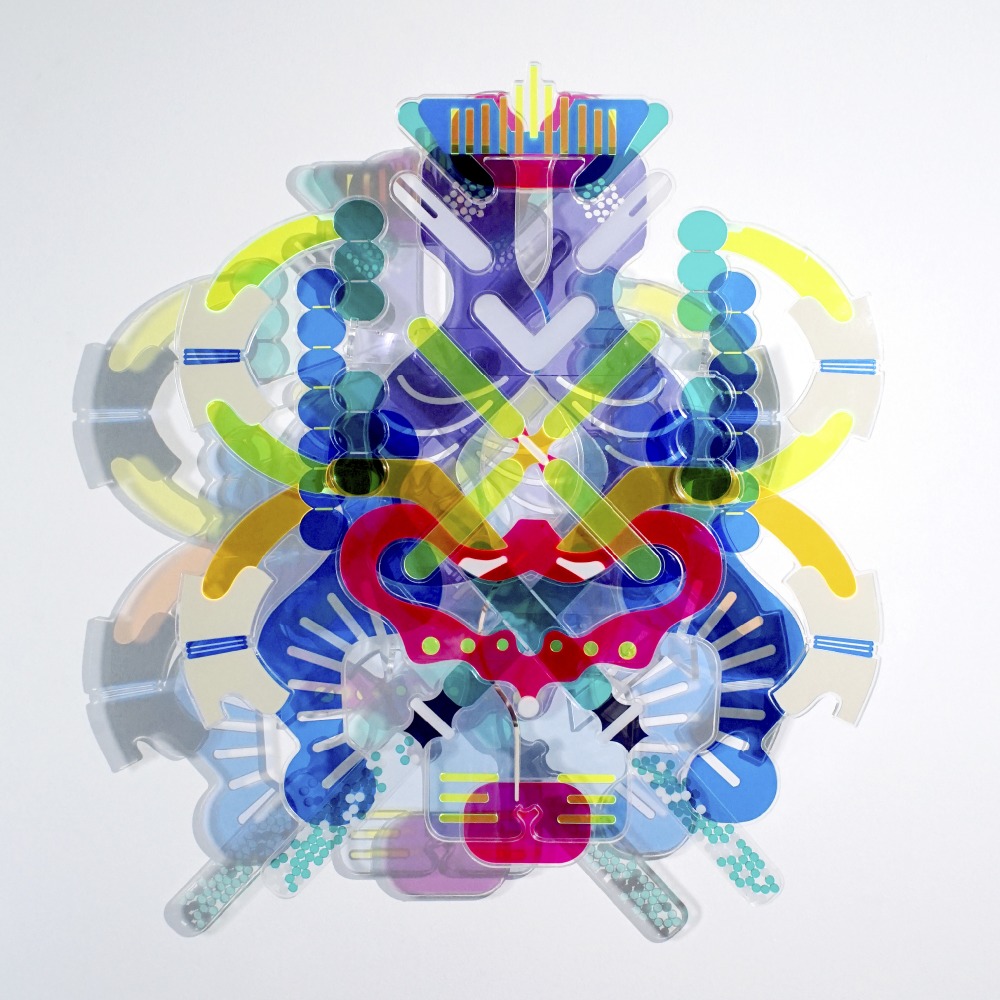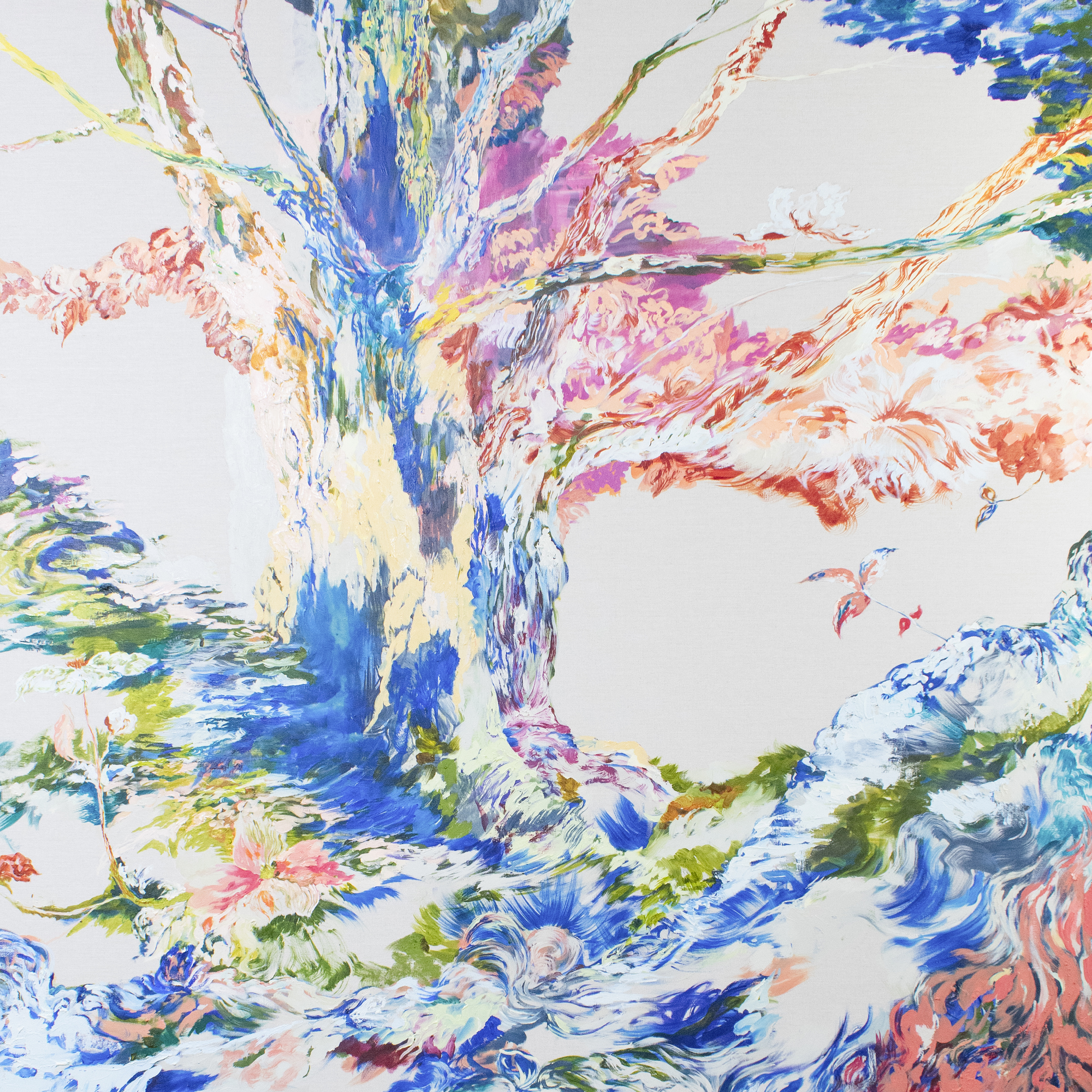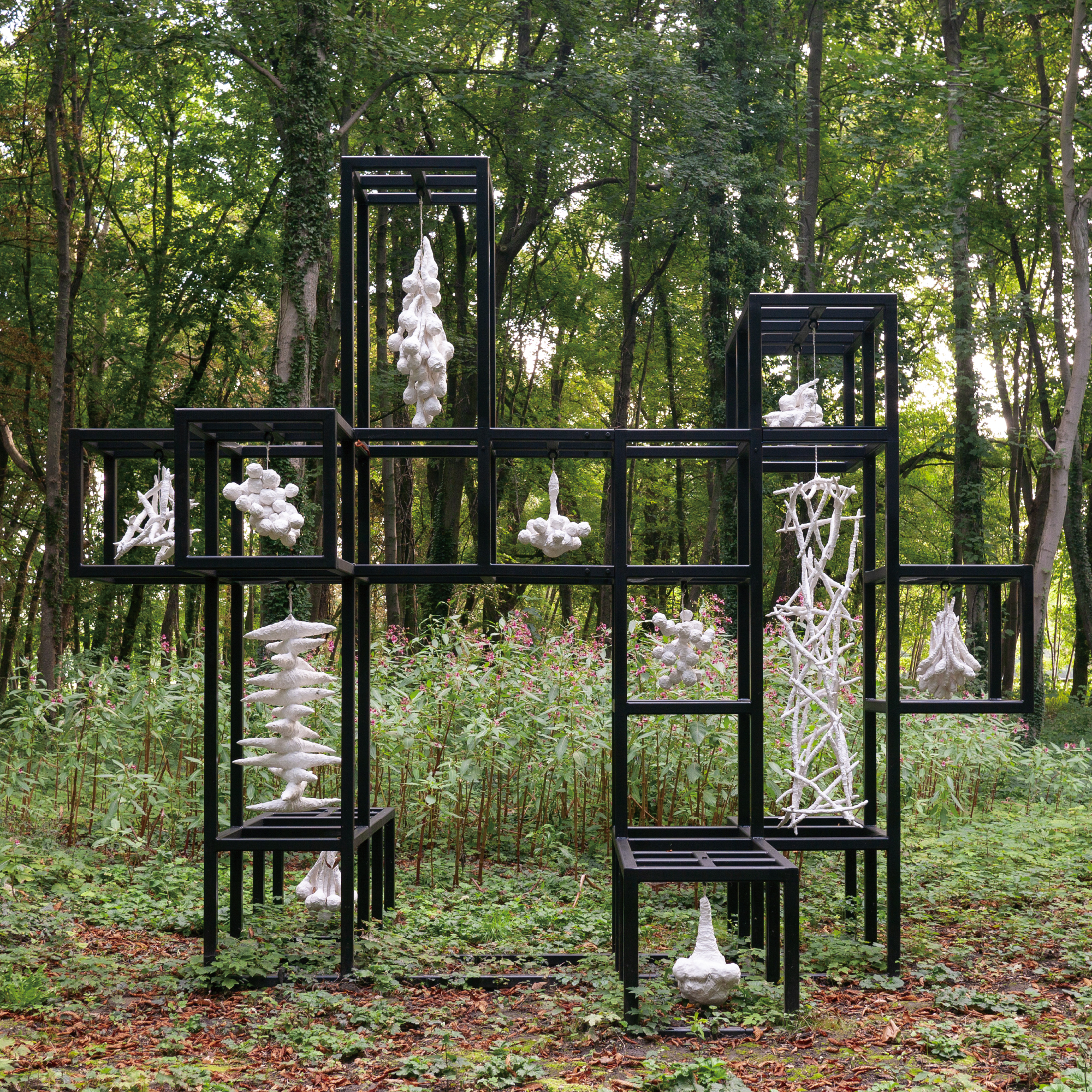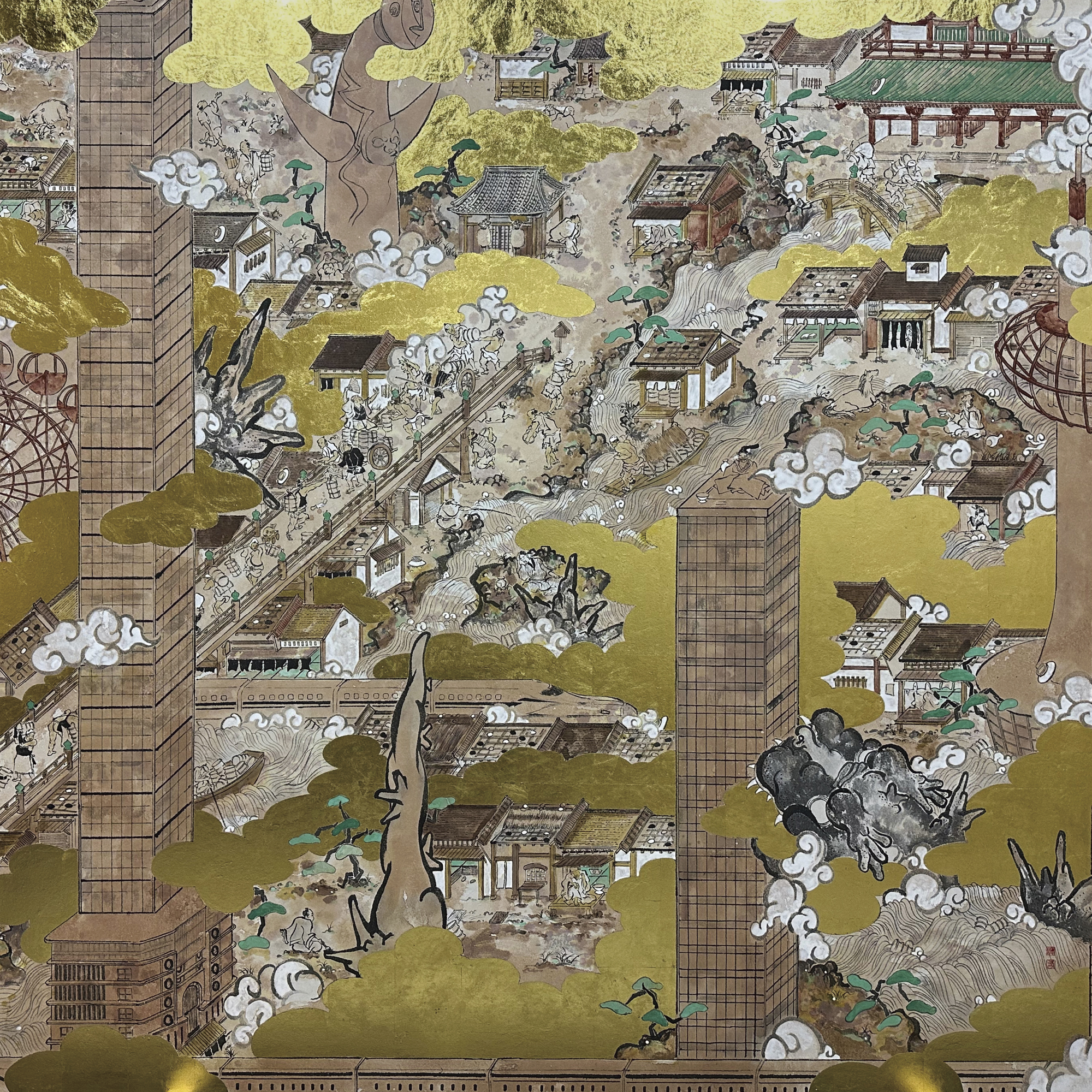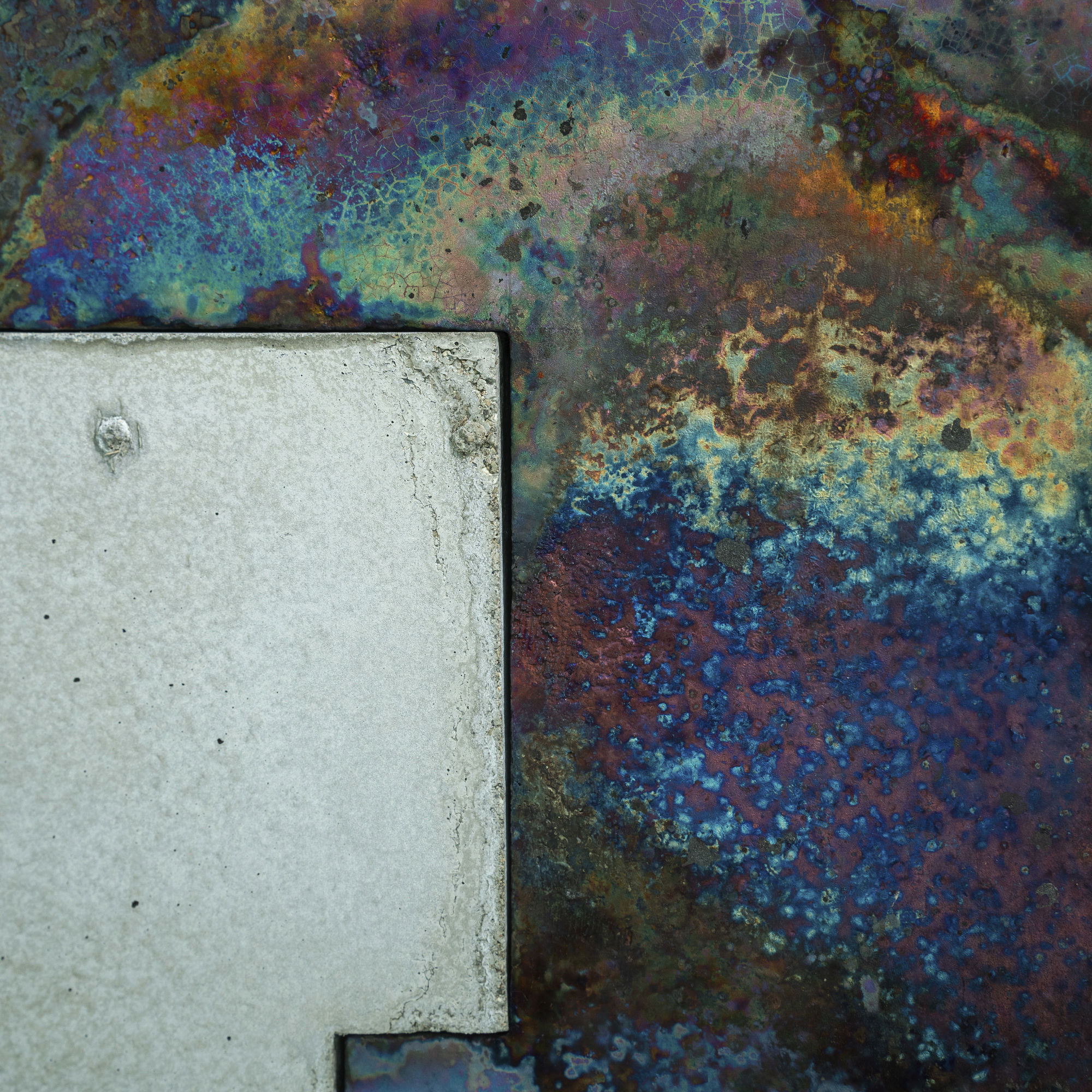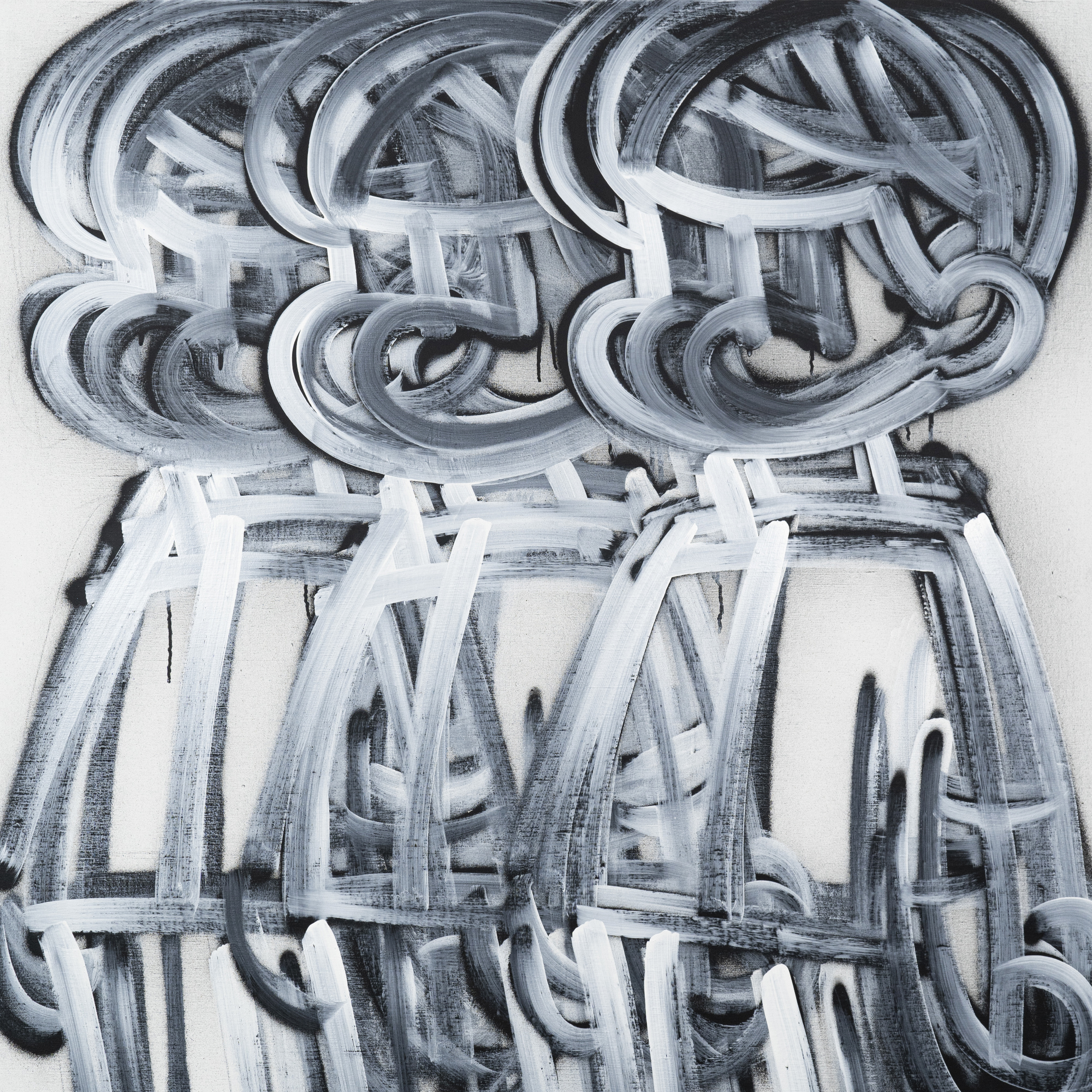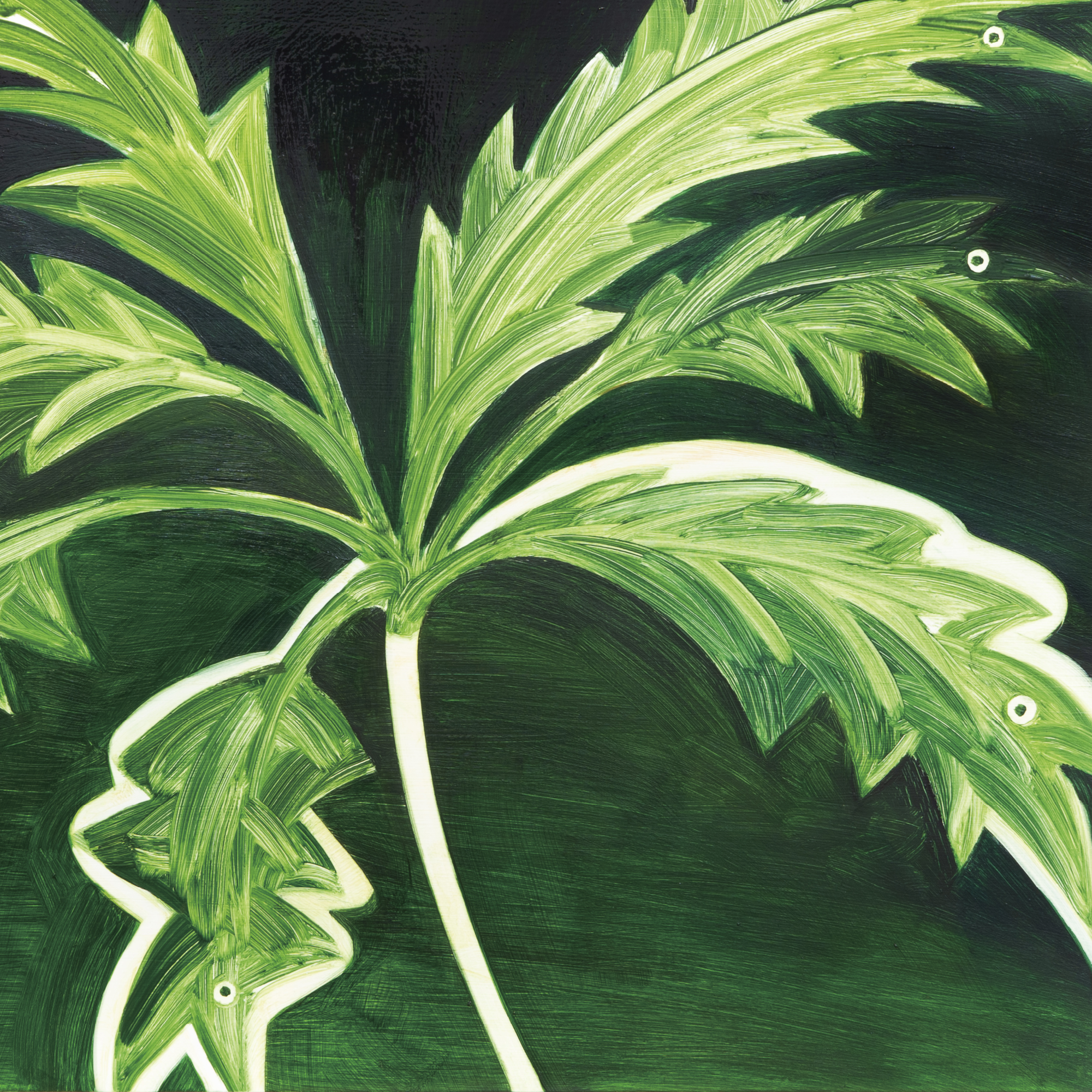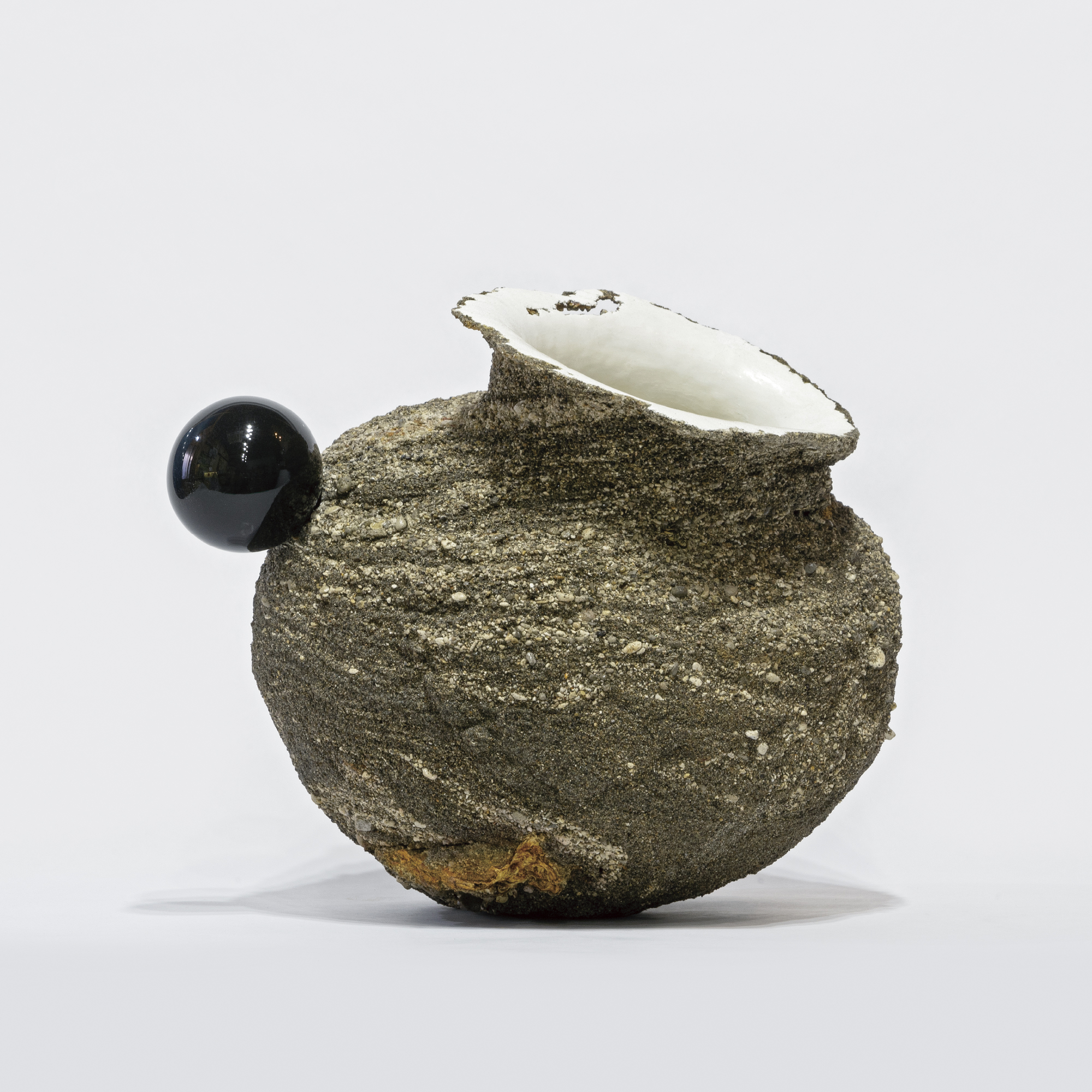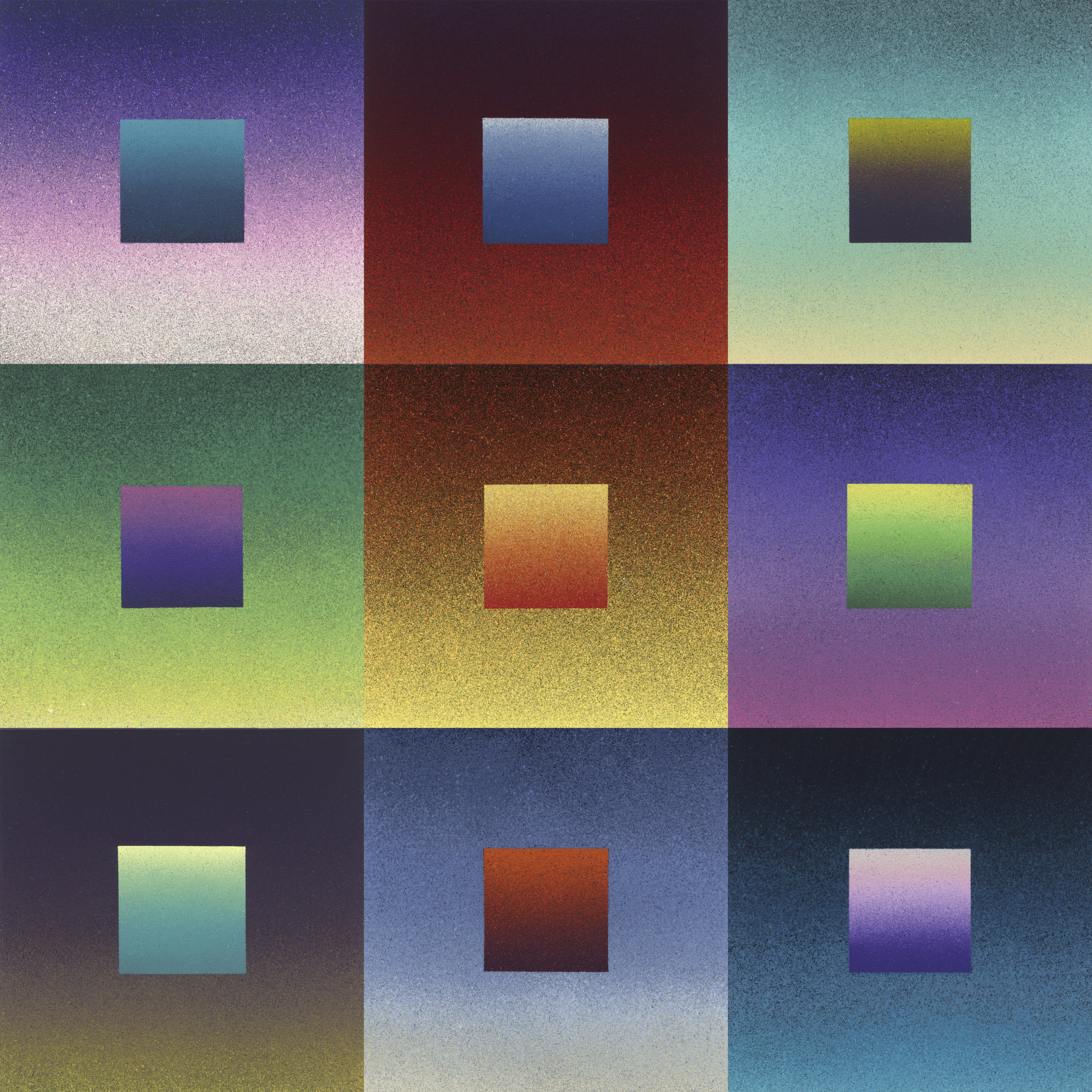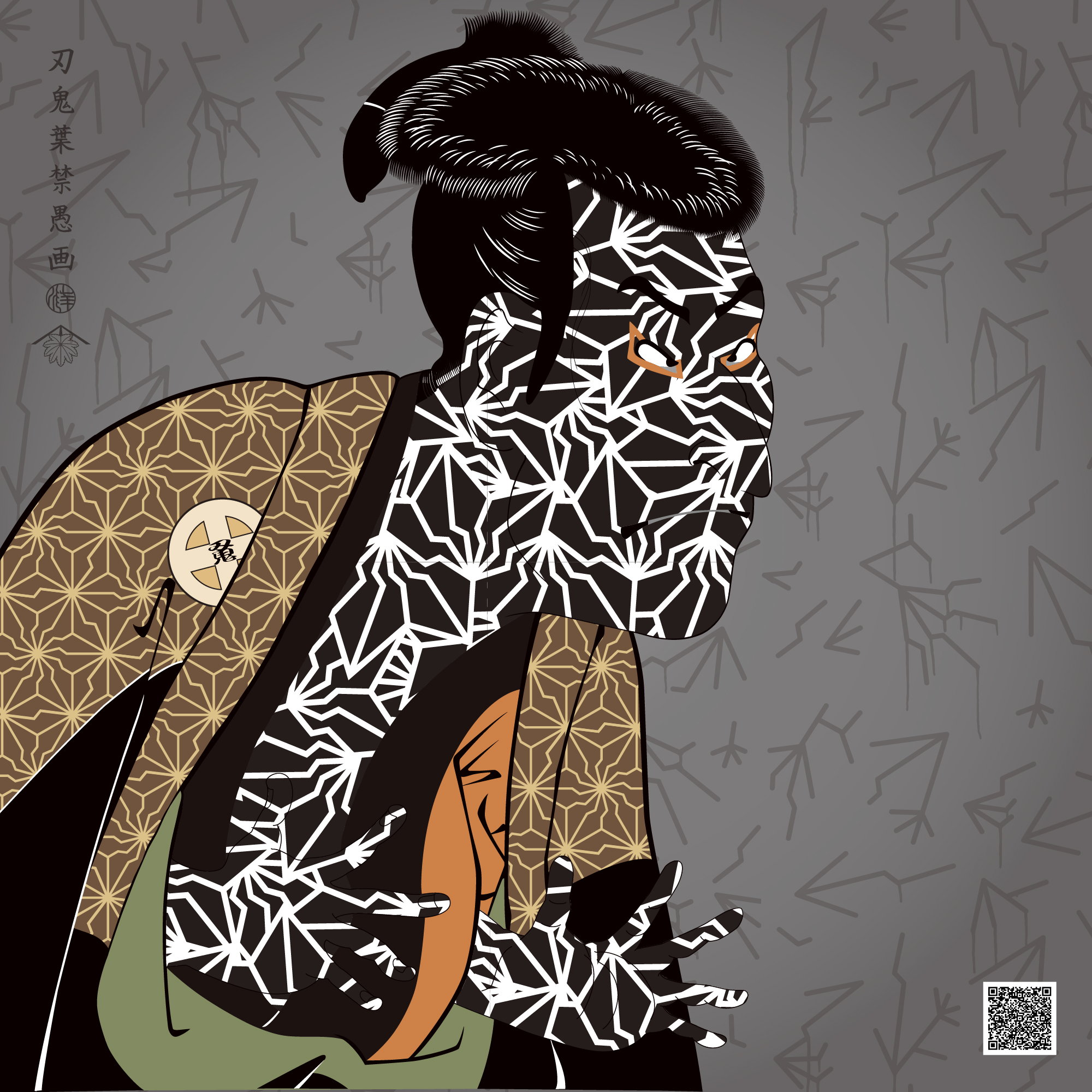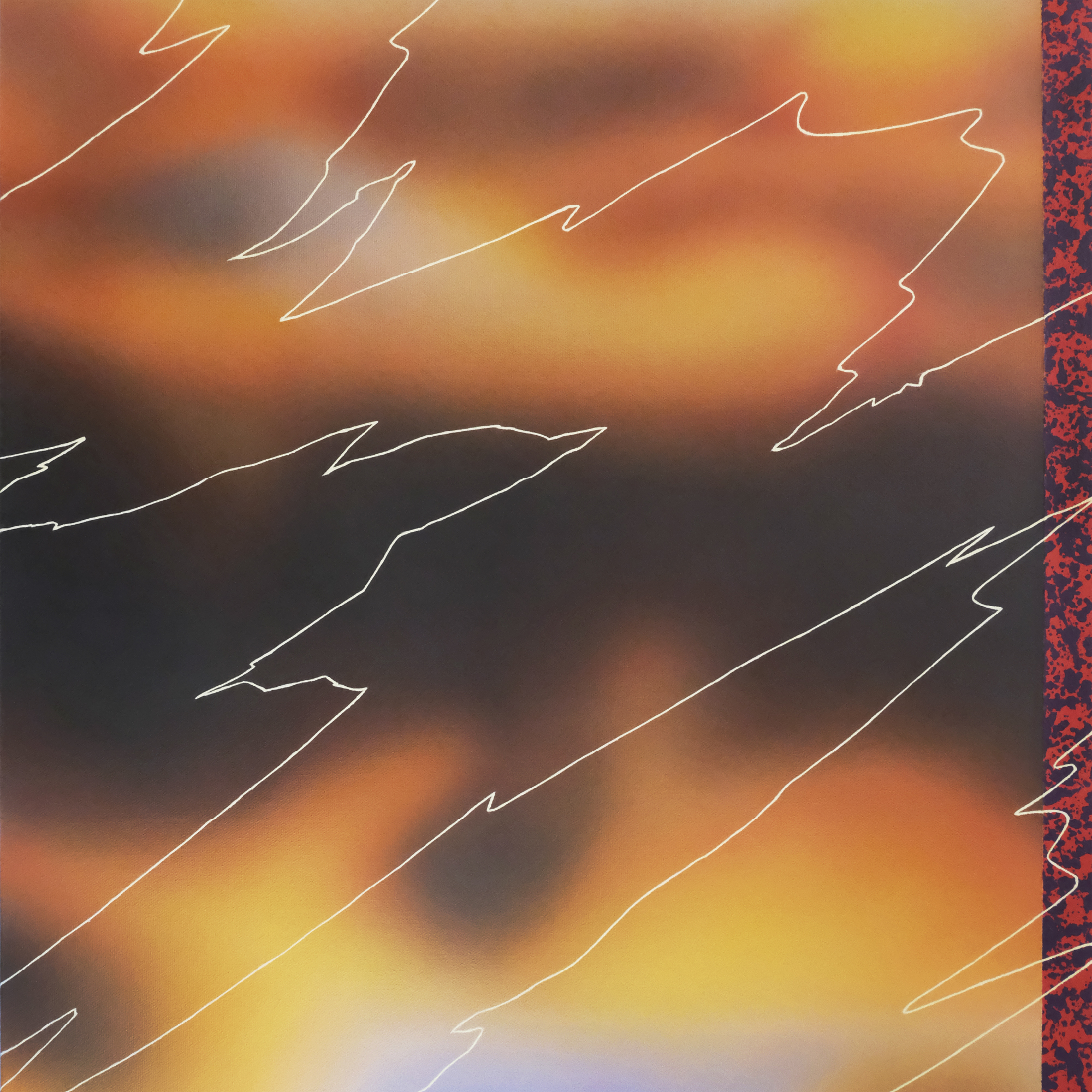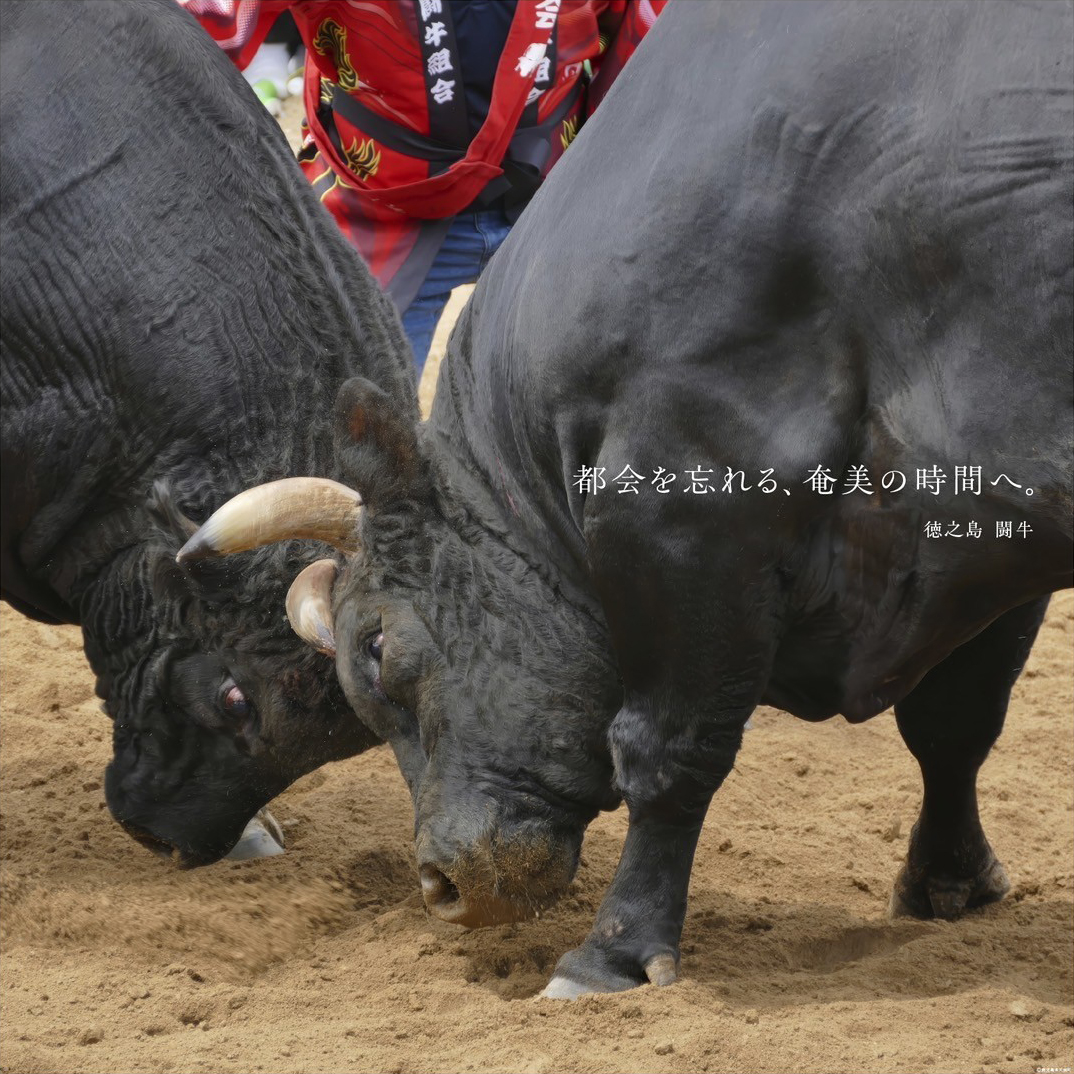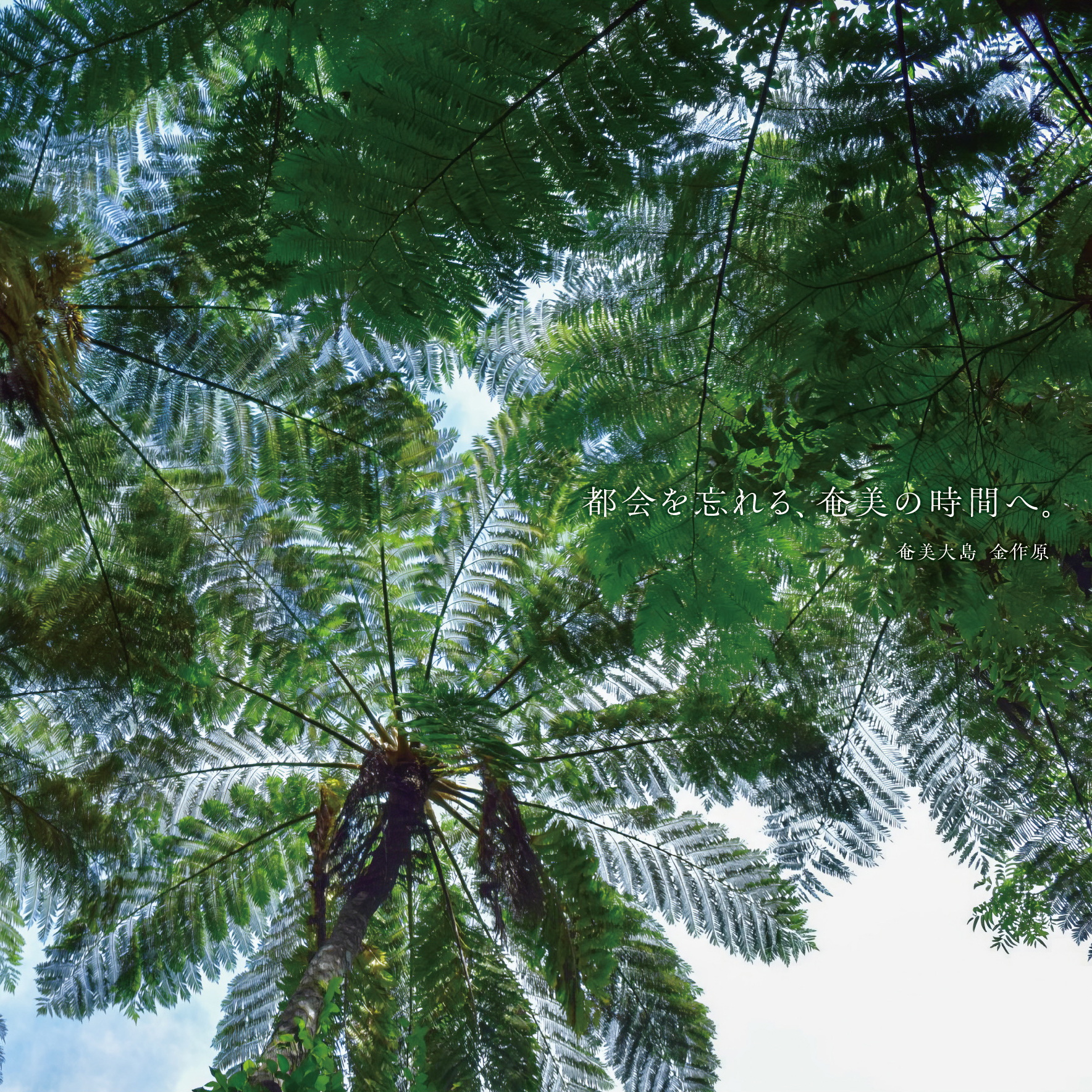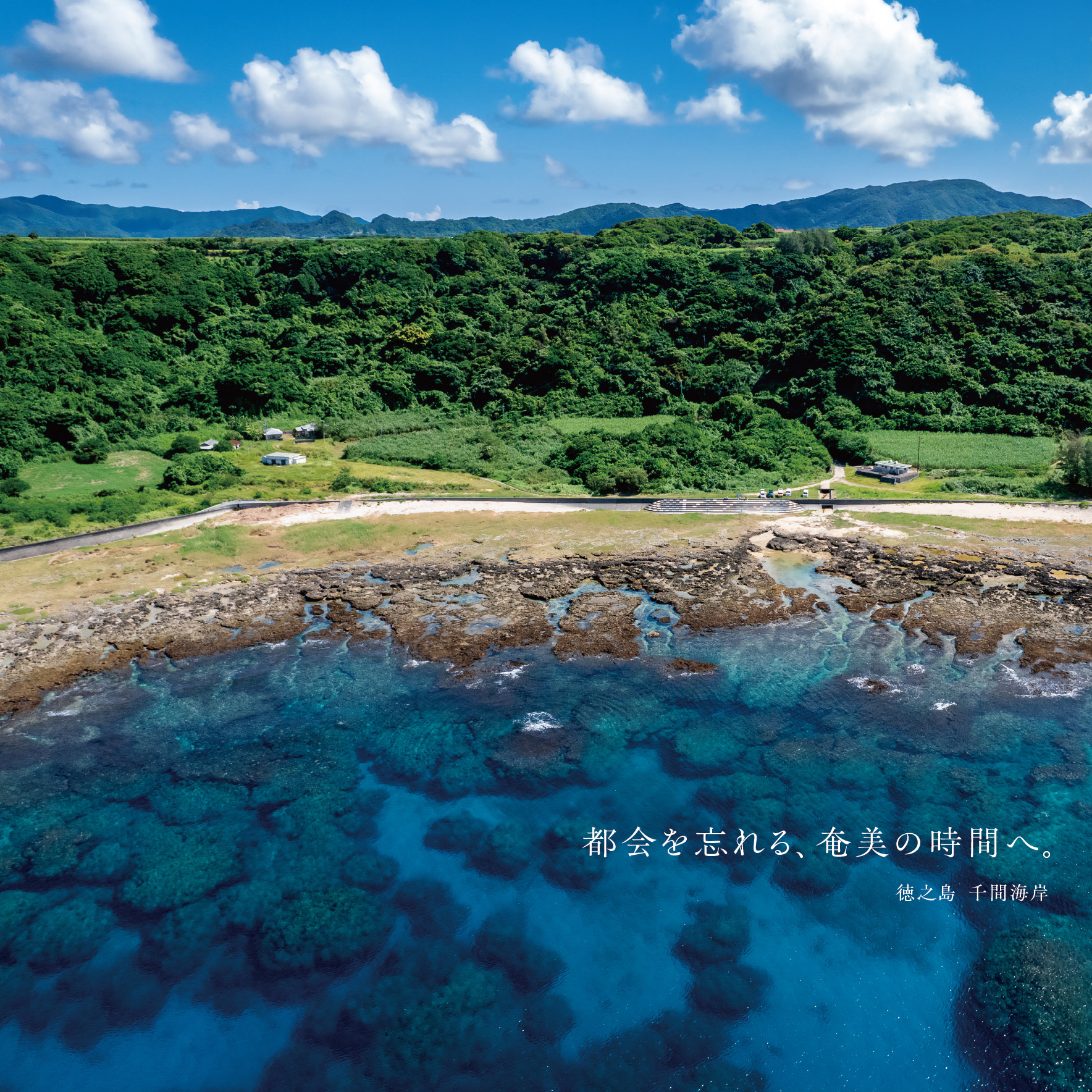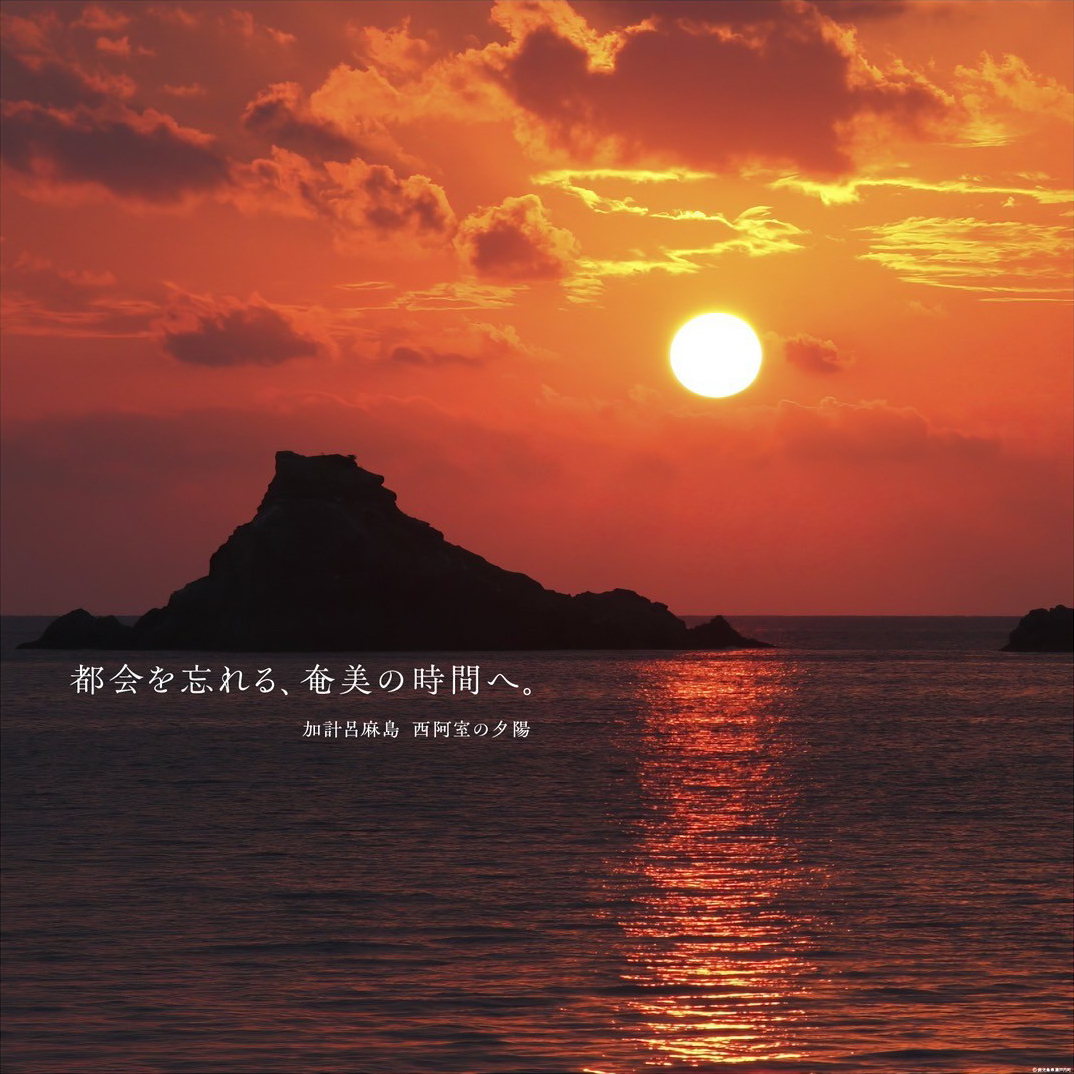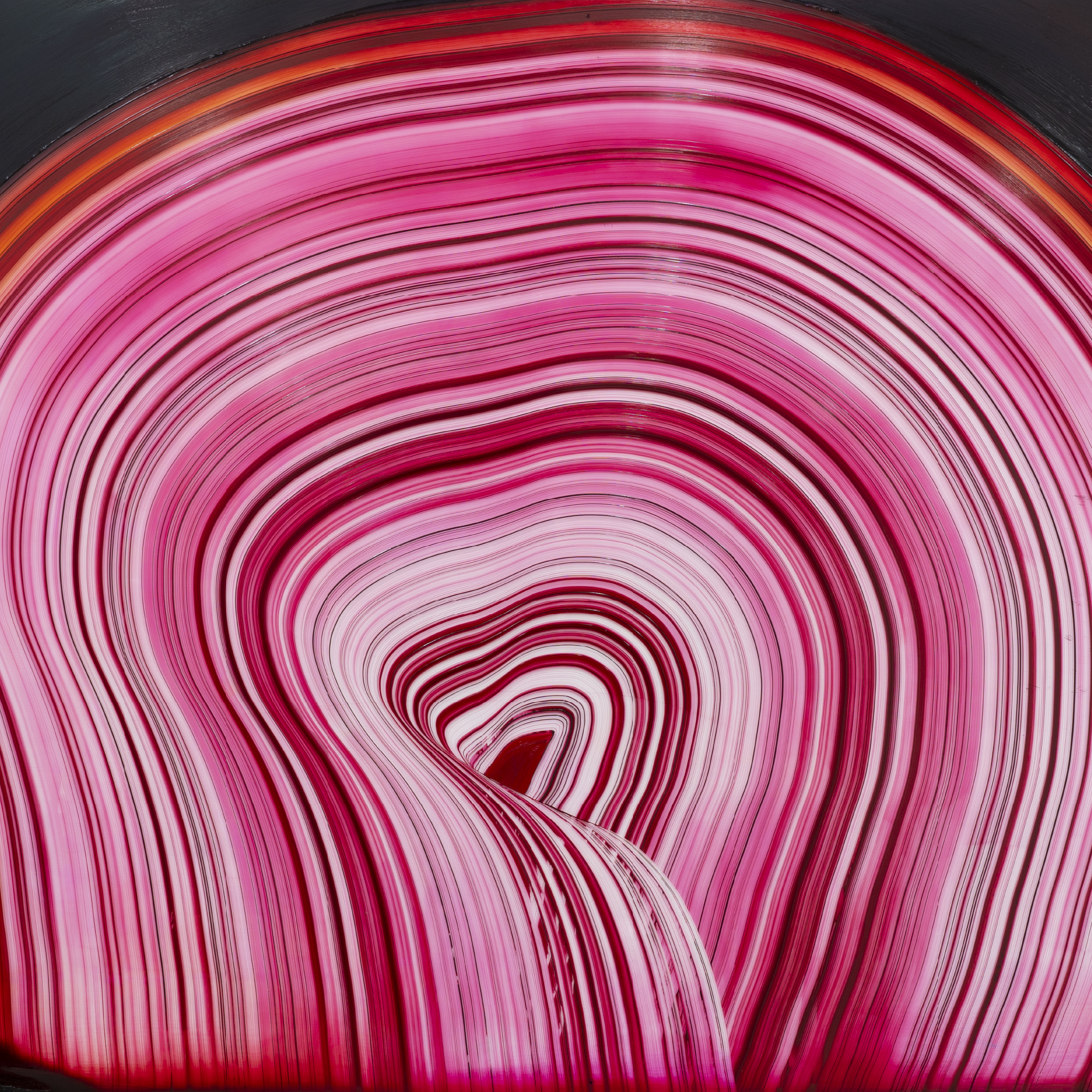
halo
This piece is painted with oil paints on an acrylic panel. Painting on acrylic panels allows for a unique expression of "light." When exposed to strong lighting, the work creates a visual effect as if it is glowing from within, revealing new possibilities for visual expression, which I find deeply inspiring. "Light" is the most significant motif for me. In Buddhism, the theme of "light" appears in many contexts. Amitabha Buddha, known as the Buddha of the Western Pure Land, derives from the Sanskrit word Amitābha, which means "infinite light." The phrase Namu Amida Butsu can be understood as an expression of devotion to "infinite light." This work aims to reinterpret the Buddhist concept of "light" in a contemporary context.
AKIHIRO HASEGAWA 
Akihiro Hasegawa (b. 1997, Mie Prefecture, Japan) is a contemporary artist based in Tokyo, Japan. A successor to a family-run temple, Hasegawa entered the Buddhist priesthood at Saikyo Temple, Mt. Hiei at 10 years old. In 2016, at the age of 19, he enrolled in the Tokyo University of the Arts, the most prestigious art school in Japan, which, considering its notoriously low acceptance rate, is a rare and striking accomplishment. In 2019, he completed the Buddhist Shidokegyo (Four Preliminary Practices) at Saikyo-ji Temple, Mt. Hiei (general HQ of the Tendai Shinsei sect) and, in thefollowing year,beganhismaster’sdeg reeatthe T okyo University of the Arts, Graduate School of Fine Arts, MFA Department of Design, Planning Theory Research Institute, which he graduated in the spring of 2024.



